Acute Myeloid Leukemia (AML) is a challenging and life-threatening form of blood cancer that affects thousands of people worldwide. Over the years, the search for more effective treatments has been relentless. Among the groundbreaking therapies that have emerged is Rydapt (Midostaurin), a medication that has significantly impacted the landscape of AML treatment. In this description, we will explore the history, mechanism of action, clinical applications, and the transformative effect of Rydapt on the lives of patients grappling with this formidable disease.
Introduction to Rydapt
Rydapt, with its generic name Midostaurin, is a kinase inhibitor developed by Novartis Pharmaceuticals. It gained approval from the United States Food and Drug Administration (FDA) in April 2017, marking a significant milestone in the treatment of AML. Rydapt is a groundbreaking medication, primarily used in combination with standard chemotherapy for newly diagnosed AML patients who have a specific genetic mutation known as FLT3 mutation.
Understanding AML
Acute Myeloid Leukemia is a cancer that affects the bone marrow and blood. It is characterized by the rapid proliferation of abnormal white blood cells, which crowd out healthy blood cells, leading to severe anemia, increased susceptibility to infections, and bleeding tendencies. AML is particularly challenging due to its aggressive nature and limited treatment options, especially for patients with specific genetic mutations.
Mechanism of Action
Rydapt operates by inhibiting multiple kinases, including FLT3 (Fms-like tyrosine kinase 3), which is commonly mutated in AML. The FLT3 mutation is associated with more aggressive forms of the disease and a higher risk of relapse. By targeting FLT3 and other kinases, Rydapt disrupts the signaling pathways that promote the growth and survival of leukemia cells.
In particular, Rydapt binds to the ATP-binding site of FLT3, preventing the phosphorylation of downstream signaling molecules. This inhibition interferes with the proliferation of leukemia cells and induces their apoptosis (cell death). The combination of Rydapt with standard chemotherapy is designed to enhance the effectiveness of treatment by targeting both the bulk of leukemia cells and the FLT3-mutated clones.
Clinical Applications
Rydapt has been a game-changer in the treatment of AML, especially for patients with FLT3 mutations. Its clinical applications can be summarized as follows:
- Newly Diagnosed FLT3-Mutated AML: Rydapt is primarily used in combination with standard induction and consolidation chemotherapy for newly diagnosed AML patients who carry the FLT3 mutation. This combination therapy has demonstrated significant improvements in overall survival and relapse rates compared to chemotherapy alone.
- Maintenance Therapy: In some cases, Rydapt is also used as maintenance therapy following induction and consolidation chemotherapy to help prevent relapse in FLT3-mutated AML patients.
Clinical Trials and Efficacy
The approval of Rydapt was based on the results of the RATIFY (CALGB 10603) clinical trial, which investigated the use of Rydapt in combination with standard chemotherapy for newly diagnosed FLT3-mutated AML. The trial demonstrated a substantial improvement in overall survival for patients who received Rydapt in addition to chemotherapy compared to those who received chemotherapy alone.
The remarkable efficacy of Rydapt in this setting has transformed the treatment approach for FLT3-mutated AML, offering new hope to patients who were previously faced with a poor prognosis.
Safety Profile
While Rydapt has shown significant clinical benefits, it is essential to consider its safety profile. Common side effects may include nausea, vomiting, diarrhea, fatigue, and rash. Some patients may also experience more severe adverse events, which require close monitoring by healthcare providers.
Despite potential side effects, the benefits of Rydapt in improving overall survival and reducing relapse rates for FLT3-mutated AML patients often outweigh the potential risks. The drug’s targeted mechanism of action and its ability to address specific genetic mutations make it a valuable addition to the treatment arsenal.
Impact on Patients’ Lives
The introduction of Rydapt has been transformative for patients diagnosed with FLT3-mutated AML. Prior to its approval, treatment options for this subset of AML were limited, and the prognosis was grim. Rydapt, when used in combination with chemotherapy, has significantly extended the lives of many patients and offered hope for a brighter future.
For patients and their families, Rydapt represents a lifeline in the face of a daunting diagnosis. It provides a chance for more time together, moments of joy, and the possibility of achieving remission. The drug’s targeted approach inspires patients to confront AML with newfound determination and resilience.
Conclusion
Rydapt (Midostaurin) is a groundbreaking medication that has reshaped the treatment landscape for AML patients with FLT3 mutations. Its targeted mechanism of action, supported by robust clinical trial data, has provided a new level of hope and optimism for individuals facing this aggressive form of leukemia. By inhibiting FLT3 and other kinases, Rydapt offers the potential for extended survival and improved quality of life.
As research in the field of oncology continues to advance, the role of Rydapt may evolve, potentially benefiting an even broader spectrum of patients. It serves as a testament to the progress of medical science and underscores the importance of ongoing innovation in the fight against AML. For patients with FLT3-mutated AML, Rydapt represents a beacon of hope, offering a chance for extended survival and a brighter future in the face of a formidable adversary.

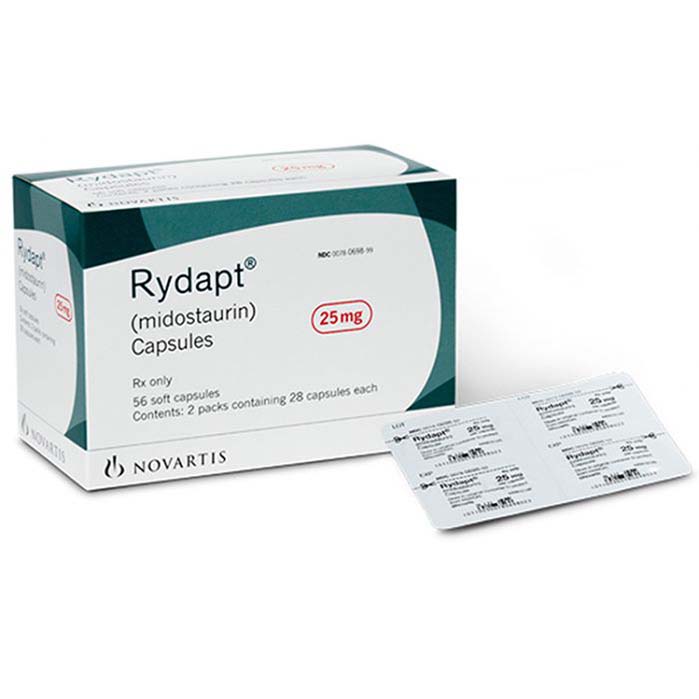
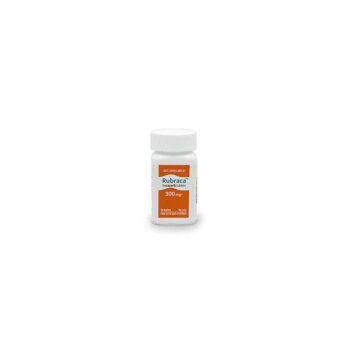
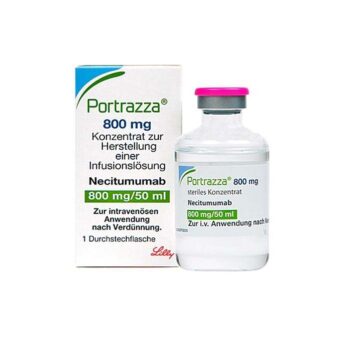
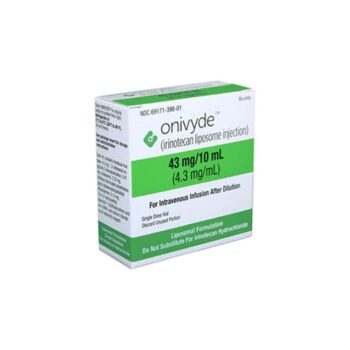
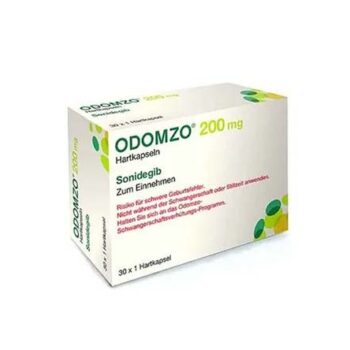
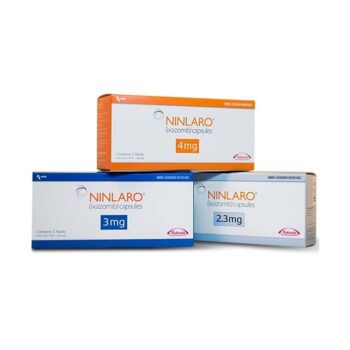
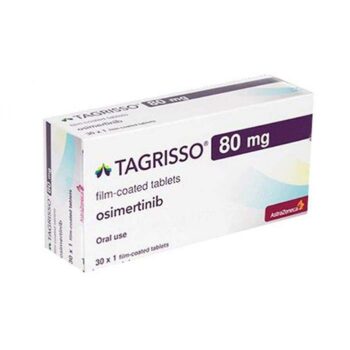
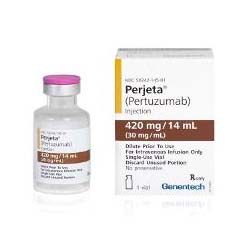


Reviews
There are no reviews yet.